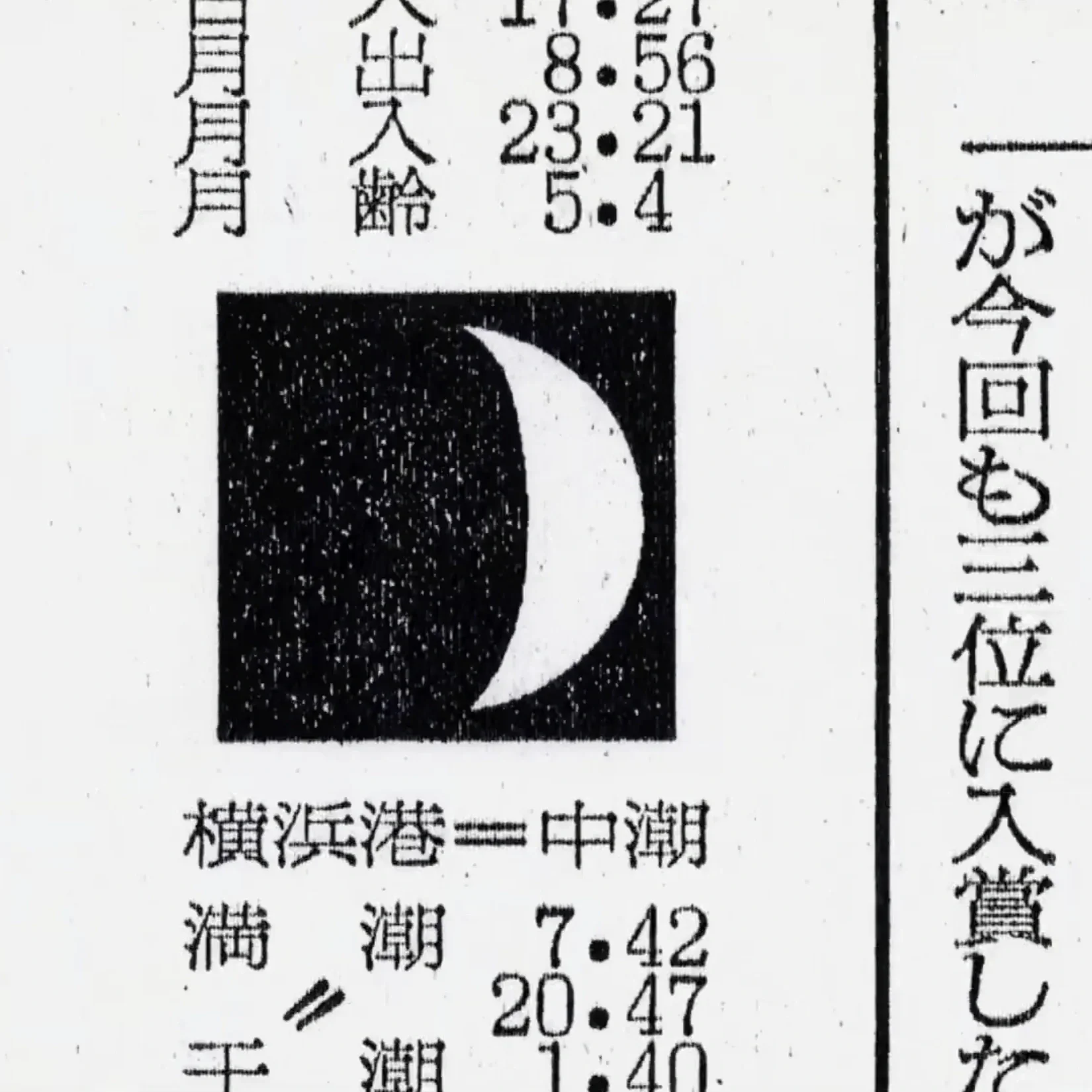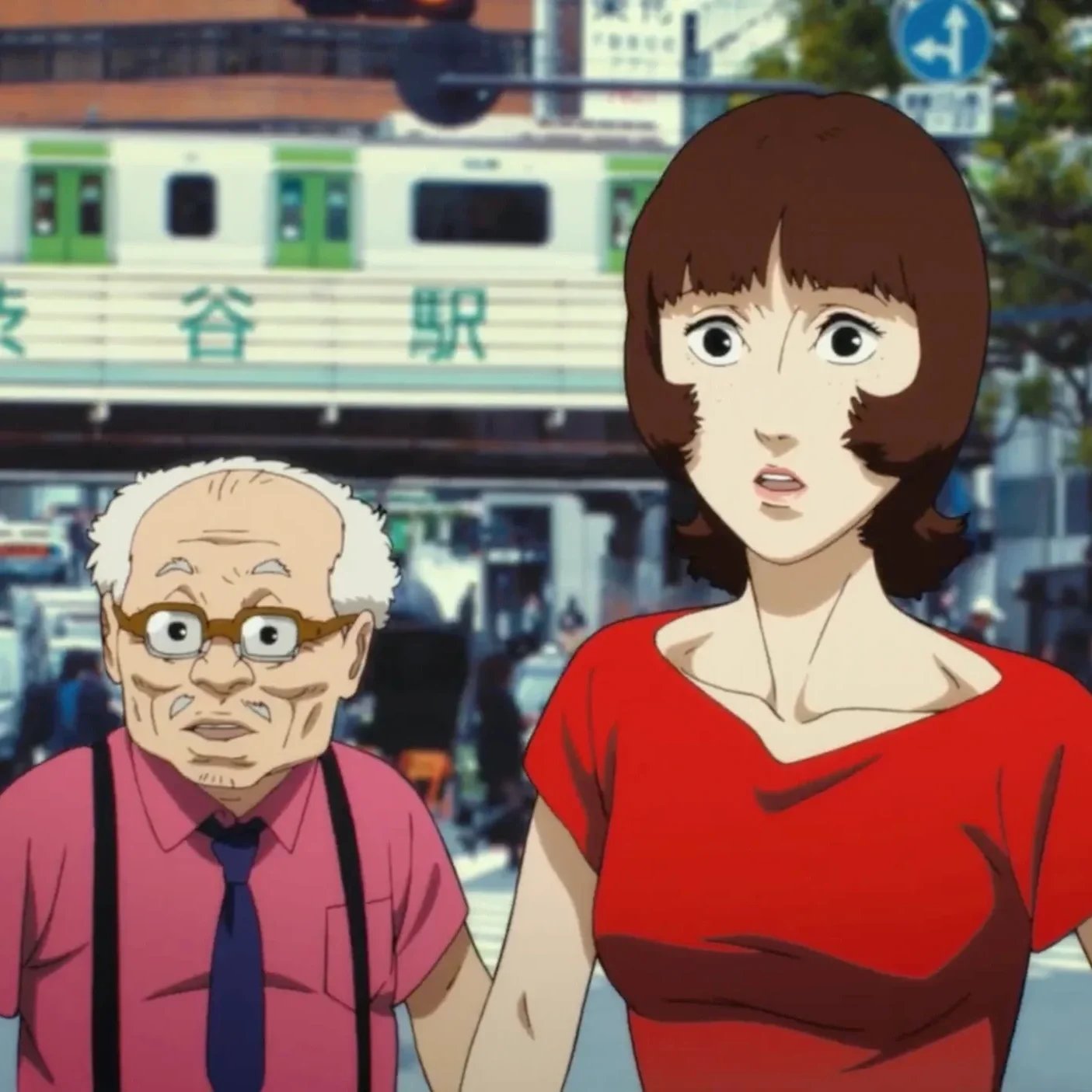The Chaotic Nostalgia of Ochiai Shohei
courtesy of Shohei Ochiai
When enjoying the chaotic works of Shohei Ochiai you’ll likely feel a nostalgic itch coming up. That’s because the items Ochiai chooses for his work are often from his 90s and 00s childhood.
Ochiai certainly didn’t catch the creative germ at home, as he grew up in an ordinary Japanese household. His mother was a kindergarten teacher, and his father was an enigmatic figure who made toys and often didn’t work. Through the study of product design in art school Ochiai connected with his creative as well as his rebellious side.
After graduating, he aspired to become a comedian but was hindered by his inability to remember his routines and his nerves turning him into a tomato-faced blank slate. As a result, he began painting, leading to where he is today.
We chat with the inspiring artist about his work, the development of his unique style, and what his art means to him.
courtesy of Shohei Ochiai
What inspired you to develop your unique style, which blends nostalgia with a touch of chaos?
My style is influenced by the colorful memories of my childhood during Japan’s vibrant 90s, the use of color and lines in Japanese ukiyo-e prints, and the uninhibited drawings of children. My mind is always in a state of chaos, thinking about many things simultaneously, and I create without organizing these thoughts. My work, "Trash Diary," strongly reflects this. Rather than intentionally aiming for chaos, my works are the result of expressing what’s in my head.
Some might describe your work as having an unpolished, punk or rebellious edge. How do you see your own work?
I believe I have a strong punk spirit. I listen to punk and rock music like Yutaka Ozaki and Ging Nang Boyz while creating. I often depict everyday objects because I have a deep affection for things that aren’t stylish or functional, valuing ruggedness above all. I want to make people who dismiss or undervalue the beauty of unrefined things acknowledge their charm. Through my paintings, I aim to convey this to the world.
courtesy of Shohei Ochiai
What makes your art distinctive is the items you illustrate. How do you choose what to draw, and how significant is nostalgia in that process?
I don’t choose motifs based on nostalgia. However, when selecting cool products or packaging, I often end up with items from the 90s or early 2000s. My choices are always intuitive, and I have a long list of motifs I want to draw.
What does it mean to you to immerse yourself in the process of drawing and getting lost in your work?
Drawing feels like running up a mountain. Shaping the forms is as tough as sprinting uphill, while coloring is like running endlessly on a flat path, leading to a state of mindlessness. Completing a painting brings a sense of achievement, like reaching a mountain peak. However, becoming too immersed can lead to poor posture, which I sometimes get called out for in Instagram comments, making me think, “I did it again.” Additionally, I talk to my paintings while working, praising them like my children with comments like “This is a good painting” or “This is the best painting ever,” which I believe helps create great art.
Is there anything else you would like to share?
My dream is to work with McDonald’s.






courtesy of Shohei Ochiai
Follow Shohei Ochiai on Instagram









The anarchic tribute that brings tokusatsu back from cultural oblivion.